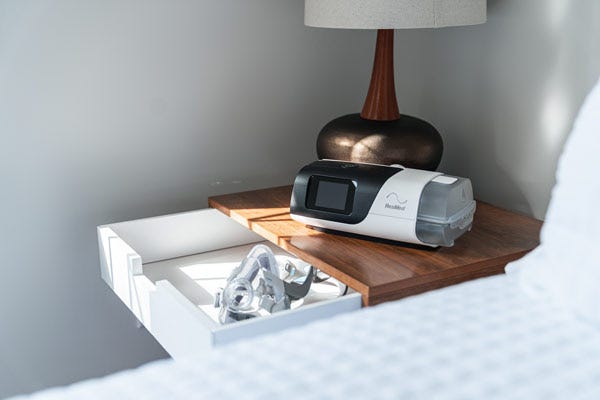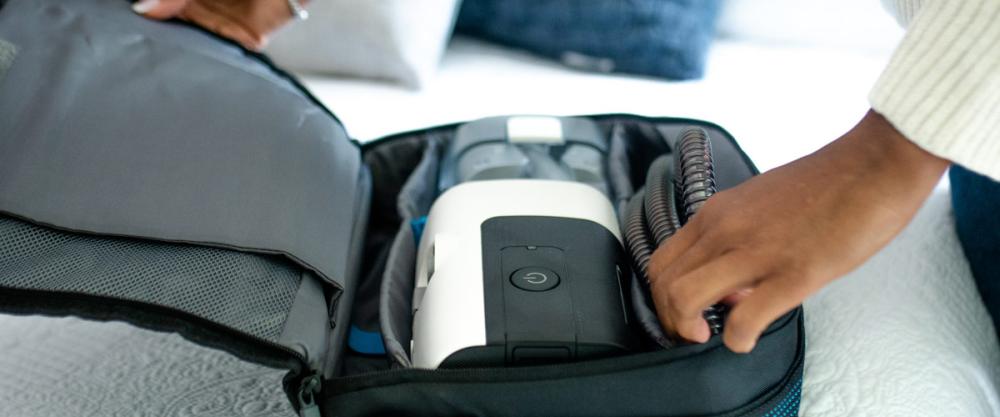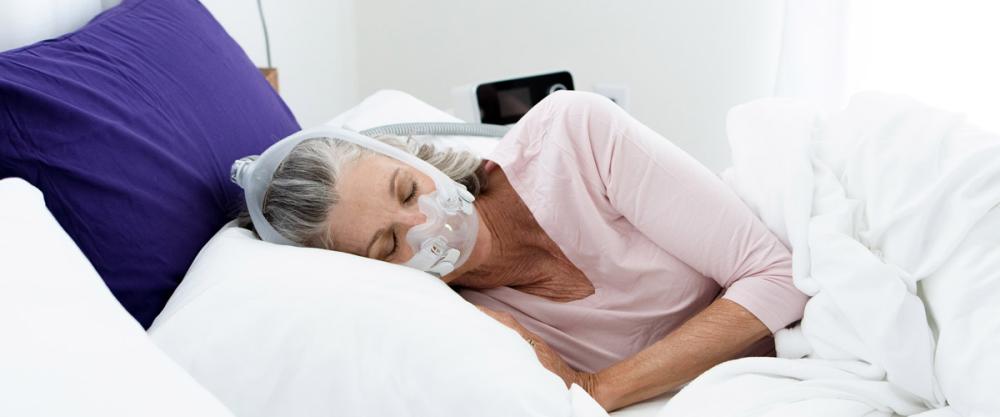How long does a CPAP machine last, you ask? We’re here to help you determine when you can continue using the machine you have or make the investment in a new one. We understand that patients with sleep disorders like sleep apnea want to stay healthy, but they also don’t want to overspend on CPAP supplies.
Q1: When Is It Time to Replace My CPAP Machine?
A: Generally speaking, you’re looking at a life expectancy of 3-5 years for most major models.
But the better you care for your machine, the longer it can last - sometimes up to 6 or 7 years! If something breaks, a warranty period may allow you to get one sooner (usually around the 2-year mark). Make sure you hang onto the paperwork for your manufacturer’s warranty.
If you get a machine through your insurance provider, each provider will have a policy that states the time frame for how often you can replace your APAP, BiPAP, or CPAP machine.
Even if your machine is not old, you may want to consider replacement if you notice:
- Snoring with your mask on
- Worsening OSA side effects like dry mouth or daytime sleepiness that were previously well-managed
- Frequent waking despite consistent CPAP therapy
- Unfamiliar noises coming from your machine, especially if you think it’s the motor.
- Volume - such as if your CPAP machine has gradually become louder over time
Q2: Why Is Replacement Important?
A: So that your obstructive sleep apnea (OSA) symptoms will genuinely improve from effective CPAP treatment.
It’s critically important to have properly functioning equipment. You probably already know that CPAP stands for ‘continuous positive airway pressure’. It follows that if your airflow is not properly maintained by that positive air pressure, you are not actually treating your sleep apnea.
If your CPAP device is not performing optimally, you’ll be back to the drawing board and face the same symptoms and risks as untreated sleep apnea. Not just that, though, you’ll be at additional risks for respiratory infections.
Since time and financial commitments are both involved, it makes sense to get the most from your sleep apnea treatment and the money you invest in it. There is good news about updating your setup as manufacturers continue to develop their products. Newer machines are getting smaller, more efficient, and more attractive - just like phones and computers! Also, many new machines come with updated features that can impact your health.
Potential benefits of replacement include:
- Quieter motors as technology improves over time
- Integrated humidification is becoming more and more common
- More sleep data that is also more easily accessed
- Improved comfort features as patients and sleep specialists give more input to designers and manufacturers
- AHI monitoring to help you be more aware of how your treatment is progressing
- Auto-adjusting pressure so that it’s easier to sleep through the pressurized air treatments


Q3: Should You Fix or Replace Your CPAP Machine?
A: Troubleshooting CPAP machine problems with expert guidance from Aeroflow can help you decide if it makes more sense to fix an issue or replace your CPAP device entirely.
Many issues are not related to the machine itself. Often the problem has to do with adjacent CPAP supplies and can be addressed at far less expense. Here are some solutions we have seen that can make a big difference without a huge bill!
- Check the fit of your CPAP mask to make sure you still have a good seal
- Adjust headgear until you find what works best for you - some people may do better with a full face mask than a nasal pillow
- Replace CPAP filters to maintain proper airflow and avoid respiratory infection
- Check your hose connections to be sure you’re not losing air pressure
- Check the humidifier to be make sure it’s running properly
- Switch to side sleeping as an additional form of sleep therapy that uses gravity to your advantage
- Use a chin strap if your find yourself mouth breathing during treatment
- Talk to your doctor about adjusting the pressure settings - please never change them yourself!
The Takeaway
Be sure to follow this standard replacement schedule for supplies. Using this reference will help you keep your OSA or other sleep apnea treatments on point. It is also a great resource for financially planning your upcoming healthcare expenses. Our experienced sleep specialists can help address all sorts of problems from mask leaks to water chamber issues.






